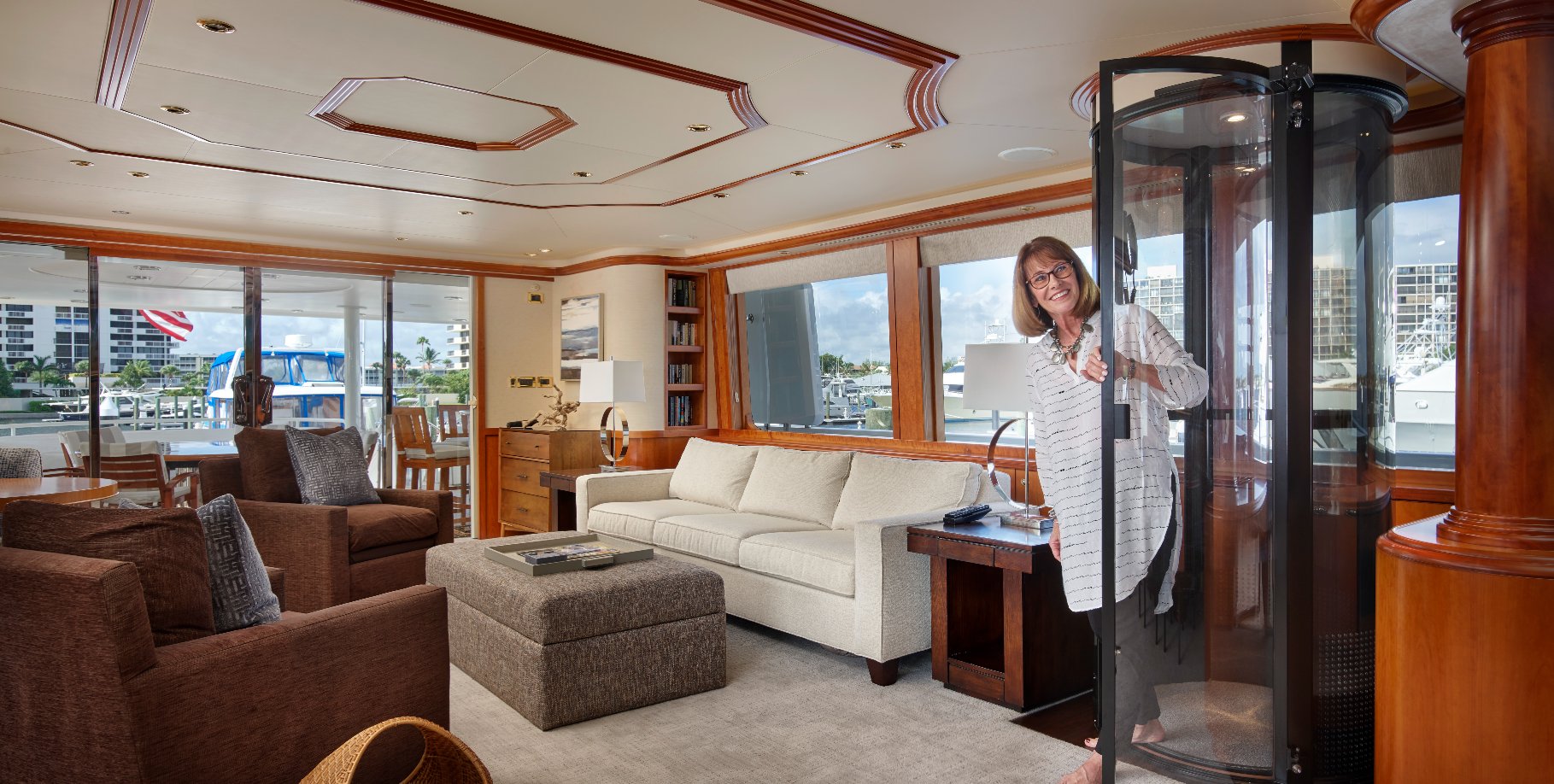Elevators have become an indispensable part of our daily lives, effortlessly transporting us to different floors in tall buildings. Yet, have you ever wondered how elevators manage to stay suspended in mid-air without plummeting to the ground? WHY do elevators not fall? In this article, we will explore the fascinating engineering behind elevators and unravel the mystery of why they do not fall. So, fasten your seatbelts (metaphorically, of course) as we embark on this captivating journey into the world of elevators!
Reasons Behind Why Do Elevators Not Fall
The Role of Counterweights
One of the primary factors ensuring the safety of elevators is the ingenious utilization of counterweights. Imagine yourself in an elevator cabin, ready to ascend. As you step in and press the button for your desired floor, the elevator comes to life. However, have you ever noticed that the elevator car does not feel excessively heavy, even if it’s loaded with people and objects? That’s where the counterweights come into play.
How Do Counterweights Work?
On the other end of the elevator car, concrete or metal counterweights are put in a smart way. These weights are set up to balance out the weight of the car and the people or things it is carrying. By using counterweights, the elevator’s motor doesn’t have to work as hard. This makes the elevator more efficient and less likely to fall. The counterweights basically create balance, making sure that the lift stays steady and in the air.
\here is more information if you are still wondering about why do elevators not fall, here is more relevant information.
Multiple Suspension Mechanisms
Elevators employ a range of suspension mechanisms, each with its unique features and advantages. Two prominent mechanisms common are the traction system and the hydraulic system.
Traction System
In high-rise buildings, traction elevators are the most prevalent type used. These elevators employ steel ropes or belts, known as hoist ropes, which are connected to the elevator car and counterweights. The hoist ropes pass over a traction sheave, a grooved wheel that is connected to an electric motor.
How Does the Traction System Prevent Falls? Why do elevators not fall?
When the elevator gets to your floor after you’ve called it, the motor starts turning the traction sheave. Depending on which way the lift needs to go, as the sheave turns, the hoist ropes either untie or wind around it. This wrapping and undoing, which needs management of the motor, moves the elevator car up or down. The tension between the hoist ropes and the traction sheave is what keeps the elevator from falling by itself. Even if the motor stops working, the hoist ropes won’t let go of the sheave. This makes sure the elevator is safe.
Hydraulic System
In low-rise buildings or situations with limited space, hydraulic elevators offer an efficient solution. These elevators use hydraulic cylinders to move the elevator car.
How Does the Hydraulic System Prevent Falls?
In a hydraulic lift, hydraulic fluid pumps into a cylinder by an electric motor. This puts pressure on a piston inside the cylinder. Because of this pressure, the piston moves up, which moves the elevator car up. When the hydraulic fluid is let out of the cylinder, on the other hand, the lift car goes down. Hydraulic elevators have safety valves that control the flow of hydraulic fluid so that the elevator doesn’t fall. This makes sure that the elevator works smoothly and safely.
Safety Brakes and Emergency Systems
To provide an extra layer of safety, elevators are equipped with various brake systems and emergency measures. These mechanisms are designed to kick in during unforeseen circumstances, preventing the elevator from falling or causing harm to its occupants.
- Mechanical Safety Brakes: Mechanical safety brakes, or “elevator governors,” take the form of elevator cars. They kick in when the elevator’s speed goes over a certain limit. These brakes activate with the imoact of rotational force. They clamp down on the guide bars to stop the lift in a safe way. Mechanical safety brakes act as a fail-safe, making sure that even if the motor stops working or something else goes wrong, the elevator won’t fall down on its own.
- Electrical Safety Systems: Modern elevators come up with sophisticated electrical safety systems that constantly monitor various parameters, such as speed, acceleration, and door operations. These systems detect any abnormalities or deviations from the expected behavior of the elevator. In case of an anomaly, the electrical safety systems can trigger emergency protocols, such as initiating an emergency stop or activating emergency lighting and communication systems. These measures are put in place to safeguard passengers and prevent falls or accidents.
Regular Inspections and Maintenance
Another crucial aspect of elevator safety lies in regular inspections and maintenance. Elevators need regular checking of trained professionals to make sure that all of their parts are in good shape and working properly. Checking motor parts, electrical systems, safety devices, and other important parts is part of these inspections. Any signs of wear and tear, damage, or possible dangers need fixing right away to keep the lift safe and keep people from falling.
Conclusion: Mystery solved of why do elevators not fall!
Next time you step into an elevator and press the button for your desired floor, you can appreciate the intricate engineering and safety measures that prevent these marvels of vertical transportation from falling. Through the clever use of counterweights, multiple suspension mechanisms, safety brakes, emergency systems, and diligent maintenance, elevators remain a reliable mode of transport, ensuring our safety and convenience. So, the next time you find yourself in an elevator, take a moment to marvel at the technology that keeps us elevated and secure, soaring to new heights without the fear of falling.
Also Read:








